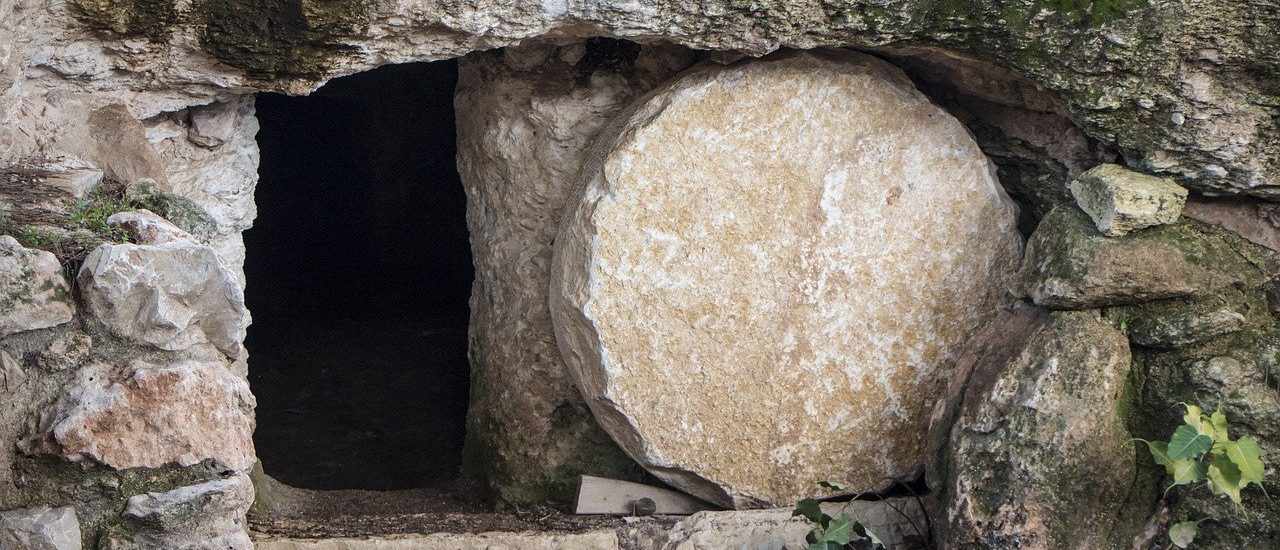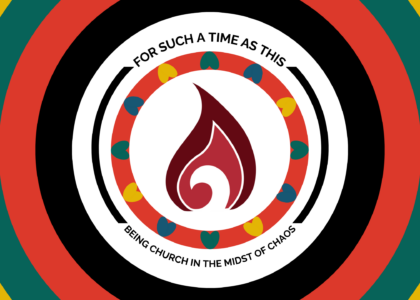by Elijah Zehyoue, co-director
I almost didn’t become a historian. History was always my favorite subject; I studied history in college, and after Divinity school I immediately considered getting my PhD in it as well. But in a conversation with someone I considered to be a mentor, he told me that studying history any further wasn’t worth my time. It was a dead subject, he said. It studied dead people, looked at the dead past, and was full of dead stories that no one cared about. What mattered he said, was the future. We needed people shaping the future. We needed people innovating and creating for the world to come. We needed people enchanted by what could be and not lost in what had already happened. The past was already over he exclaimed, no reason to keep visiting what is dead! Studying history, he said, was like looking for the living among the dead. His words deflated me. They took the life from me. And for too many years, I listened to him.
In the 24th chapter of the Gospel of Luke, we find Mary Magdalene, Mary the mother of James, and Joanna wasting their time looking for the living among the dead. The Gospel writers tell us that before the dust had even really settled and before the body was fully cold these three women and a few unnamed others make their way to the place that Jesus was laid for his eternal resting. For centuries scholars have debated why they went. The answer is not always clear, but I like to think it is because they were Jesus’ closest friends and most faithful disciples. Perhaps they went there because they didn’t believe he was really dead or didn’t want to believe his story, and perhaps their story, ended this way. Whatever it was, their simple action gave birth to the Christian Tradition and offers eternal hope for a world unhinged. Their decision to believe that there was more to the story, more worth seeing, more to unearth, is perhaps the single most profound moment in Christian theological history. These women got it—they got the point of Jesus life, made meaning out of his death, and nurtured a theological truth around the resurrection. They went looking for living among the dead and changed the whole game. Their actions on Easter Sunday morning model for us the hope, optimism, courage, moral imagination, and theological depth that is required to be a follower of Jesus. Through their actions, we get insight into how to deal with death, how to respond to tragedy, how to make sense of violence, how to process our pain, and how to understand the facts of the unresolved past. They show us in the very movement of their feet and actions of their bodies that we must not be afraid to go there—to go looking for the living amongst the dead.
We are called to go looking for the living amongst the dead. We are called to go places others will not go—and not just physically, but morally, theologically, ideologically. We are called to expand the boundaries of how we think and how we see. We are called to raise new questions about what it means to be good, and just, and liberation oriented. We are called go there intellectually—to study the past and raise questions on issues that are seen to be dead. We are called to study American history, which includes Black and Latino and Indigenous history to ask the questions like, what if enslaved people and native people and other groups initially excluded were a part of the original decision-making bodies that established our society, how much more just could we be? We are called to go there intellectually and deal with questions that have been said to be settled, to provoke conversations that have been said to be dead. We have been called to interrogate dead people, to hold some of them accountable and seek wisdom from those who have it to offer. We are called to go there—into the depths, into Sheol, into the archives, and into scriptural canon, and theological libraries, and church edifices and raise some questions and say that we believe that some life is here and that there are some issues of the past worth paying attention to.
We are called to go looking for the living among the dead. I am so glad I finally found the courage to study what I wanted, because my decision to become a historian has been the greatest decision I have ever made. My work as a historian gives me profound theological insight into the possibilities of today and tomorrow. I study the past. I study the lives of people who have died. I excavate stories that have been buried. I look for sources that have yet to be unearthed. I find testimonies that have not been shared. I revisit our histories because I believe that through this study we can gain more insight into what it means to be human. In a real sense, I spend my time like the women of the Bible, the founders of our faith, looking for the living among the dead.
This Easter, my invitation to the Alliance of Baptists family is to join me in this work. Mary Magdalene, Mary the Mother of James, and Joanna have already shown us why we must do it at an eschatological level. But we must also do it at the day-to-day level, too. We know that we live in a world that is violent, brutal, overly militarized, overly policed, denigrating, exploitative and extractive towards the environment, aggressively antagonistic towards the global south, and often held together by a thorough and comprehensive anti-Black racist structure. We also know that just because that is the world today, it does not have to be this way. Another way is possible. A different future can exist. There are more options—moral and theological—on the table. But many of those options only come to surface when we go and confront our past—when we go looking for the living amongst the dead.
I believe that we must go deep into the valley of the shadow of death and spend time understanding the power and effects of death-dealing systems so that we can take account of all that has happened, of all the dead bodies that surrounded us, of all the people and places that were overlooked—even as they resisted and challenged—so that we can come to see that life and life more abundant is possible. This is why our antiracism journey must begin with the study of history. I pray that we are courageous enough to go to the dead places of our pasts to excavate our roots, trusting enough that God will be with us and hopeful enough to believe that we can find life there. Happy Easter and may you go looking for the living amongst the dead.




Recent Comments